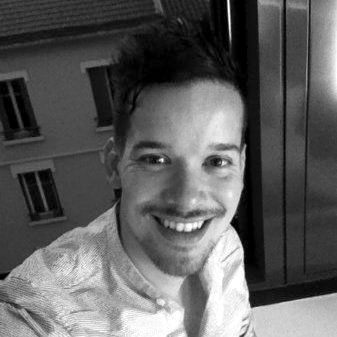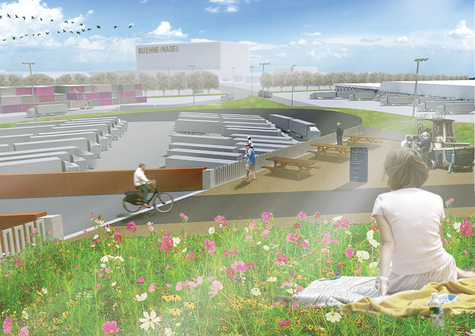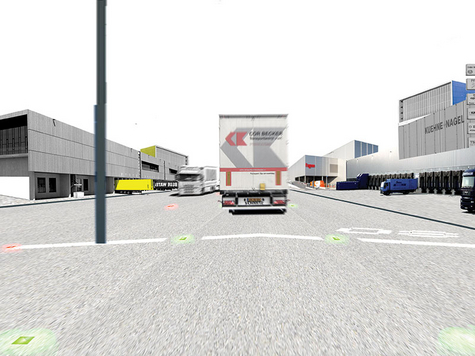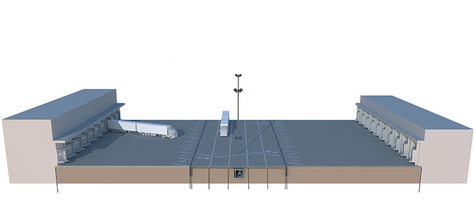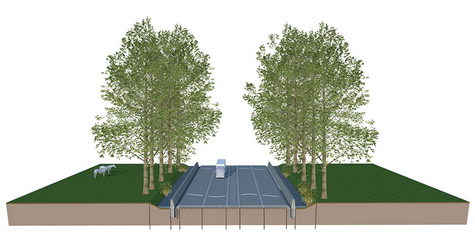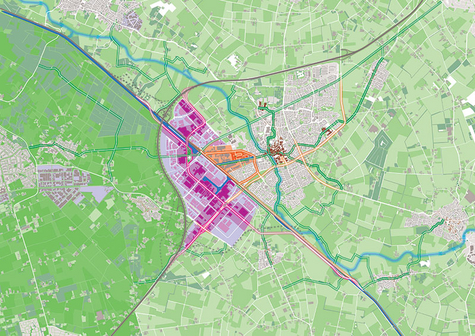Sebastian van Berkel
- Opleiding
- Stedenbouw
- Lichting
- 2013
City Motion. Urban design as a remedy against the spreading ‘bypass road virus’
The patient’s name is Veghel. Veghel is a mid-size town in the southern part of The Netherlands. The virus called ‘bypass road’ will soon infect the town. Due to the expected growth of traffic in Veghel, the nation road authority, the Province of Noord-Brabant and the local municipality are forced to find a cure for this problem. Based on the logics of traffic engineering, their proposing the small scope solution of a new bypass road. This graduation project shows an urban design alternative for this everyday spatial phenomenon that’s taking over The Netherlands (shown on national virus map on the right).
The reason that I’m considering bypass roads as a rapid spreading virus is caused by its negative symptoms affecting the spatial environment and the people using it. Towns are turned inside out in terms of economic dynamics. Where as economic development and interactions were historically concentrated near busy roads and intersections in centre of town, bypass roads are pulling them outwards. Besides that, bypass roads are causing disrupted town-country relationships, inevitable generic plot development between town and bypass road, mega-intersections and super sized roundabouts without human scale. The cumulative result is a generic sense of place with loss of spatial orientation. Everything looks the same. Don’t take that for granted!
City Motion is an urban design and broad scope alternative for this virus that is going to affect Veghel (part of the place where I grew up). City Motion will solve the same traffic problem as a bypass road, only unlocking more spatial assets. Five steps / aspects should be taken in account: mobility motives, destinations, routes, experiences and place making.
The first and most important step is to determine the biggest and most distinguished mobility motives, emphasizing the user’s perspective. Why are people driving to / through Veghel? In Veghel these motives are driving for a job (truck driver, 25% of all traffic), driving to/from work (commuter, Veghel has more jobs than inhabitants) and driving as pastime (leisure-seeker, economic chance for Veghel). Each group has a different expectation about their journey to/trough Veghel in terms of experience, service, view, accessibility, liability, speed, etc. The mobility motives are translated into an ideal road profile design using a toolbox with twelve aspects e.g. materialization, addressing buildings, illumination, water drainage and plantation. In the following steps the ideal roads are put in place by determining the most important destinations in Veghel for each of the three groups of users, preferably using existing infrastructure space. The route for truckers for instance will divert truck traffic towards the industrial zone, using a runway-like road profile on a existing road. Traffic numbers will immediately drop 25% on the original route. The spatial asset is a unique and well utilized environment for logistic businesses. The same is done for commuters and leisure seekers, with spatial assets based on the their specific expectations. Further on the sequence of experiences along the route and the places where different users meet are designed based on shared interests.
My proposal will solve the same traffic problem and has more benefits for a large group of stakeholders compared to the originally proposed bypass road: no demolition of property and nature (benefits the public), better regional economic position (benefits local businesses) and the design can be phased (benefits the government). However the most important effect will be that driving through Veghel will be a whole new and distinct local experience.
